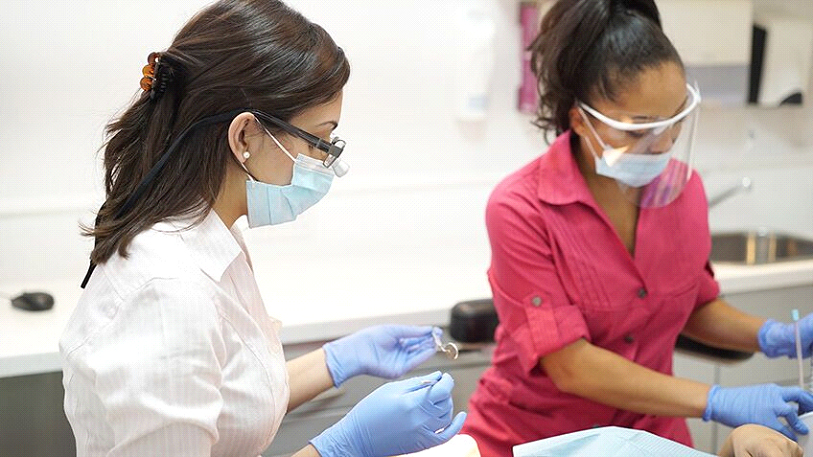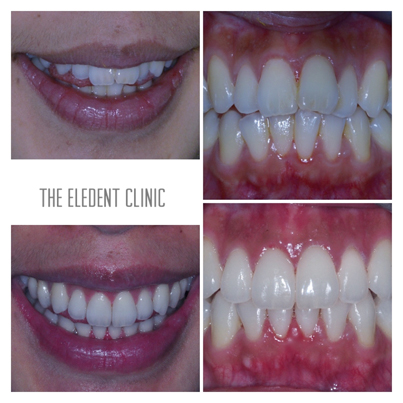How healthy do you feel your teeth and gums are? Are you experiencing any dental problems? Please tell us if something doesn’t feel right and we can examine it further.

Are you happy with the appearance of your teeth and you smile?
You don’t have to be experiencing pain to see your dentist. Regular check-ups and hygiene sessions are important in maintaining a healthy smile. Tell us about any misaligned or discoloured teeth. Sometimes there are small things about your smile that you may not like which can be fixed very easily.

Getting started with your check-up
Your dental health check will start with an external examination of your jaws joints, facial muscles, and jaw line. We will assess any changes or problems with your jaw joints.
We then carry out a full internal soft tissue assessment, checking around the tongue, cheeks, the palate and the lips. We check how your teeth meet and bite together to assess any poorly placed fillings causing interferences in your bite, and damage to your jaw joints.
An assessment of gums is then carried out with a system called BPE and each score applied represents the extent of health or damage to specific locations of the gums. If a high score is given, a further comprehensive assessment of gums will need to be carried out. This provides a 3D image of the affected sights and helps you understand and care of the areas affected most by gum disease as well as create the map for the dentist to provide treatment.
A full evaluation and record of each tooth is carried out including the existing fillings and their integrity, hairline cracks, new decay and cavities, fractures and chips, signs of wear and tear, enamel loss, and tooth movements. We take photographs with our intra-oral camera, so you can get a visual understanding of exactly what’s going on in your mouth.
Oral cancer screening
Oral cancer screening forms an essential part of regular examinations and at every check-up we carry out a thorough oral cancer screening and soft tissue assessment.
We like to be thorough
We check how your teeth meet and bite together to assess any poorly placed fillings causing interferences in your bite, and damage to your jaw joints.
As part of National Institute of Clinical Excellence guidelines, depending on the number of restorations in your mouth as well as your assessed level of risk in developing new decay or gum disease, a timeline is set on how often you should have dental X-rays. The results and findings of any x-rays will be discussed with you. These guidelines are used to set your frequency of attendance, for example, 6 monthly examinations. For each problem noted several options based on cost, prognosis, complexity and your preference will be discussed. Once in agreement, a treatment plan is formulated and a printed copy outlining the details of the plan, appointments needed and costs is provided for you.







